#lupine
Explore tagged Tumblr posts
Text
Available for $1800. DM to claim.

A Rare Glimpse Into My Secret Pink Place
Watercolor On Black Cotton Paper
2024, 44"x 30"
Poppies, Delphiniums, Lupines, Flax, Daisies, Forget-Me-Nots, and Hollyhocks
#artists on tumblr#art#floral#flowers#watercolor#painting#nature#minimalism#artwork#plants#pink#pink flowers#pink aesthetic#pretty#garden#botanical#botany#lupine#poppies#forget me not#delphiniums#hollyhocks#daisies#cottagecore#plant#wildflowers#traditional art#original art#flax
187 notes
·
View notes
Text
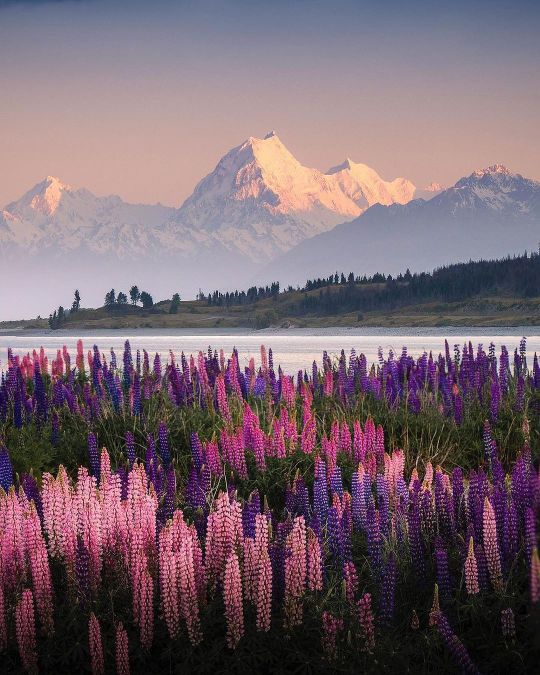
cam_snaps
4K notes
·
View notes
Text
In the Willamette Valley of Oregon, the long study of a butterfly once thought extinct has led to a chain reaction of conservation in a long-cultivated region.
The conservation work, along with helping other species, has been so successful that the Fender’s blue butterfly is slated to be downlisted from Endangered to Threatened on the Endangered Species List—only the second time an insect has made such a recovery.
[Note: "the second time" is as of the article publication in November 2022.]
To live out its nectar-drinking existence in the upland prairie ecosystem in northwest Oregon, Fender’s blue relies on the help of other species, including humans, but also ants, and a particular species of lupine.
After Fender’s blue was rediscovered in the 1980s, 50 years after being declared extinct, scientists realized that the net had to be cast wide to ensure its continued survival; work which is now restoring these upland ecosystems to their pre-colonial state, welcoming indigenous knowledge back onto the land, and spreading the Kincaid lupine around the Willamette Valley.
First collected in 1929 [more like "first formally documented by Western scientists"], Fender’s blue disappeared for decades. By the time it was rediscovered only 3,400 or so were estimated to exist, while much of the Willamette Valley that was its home had been turned over to farming on the lowland prairie, and grazing on the slopes and buttes.
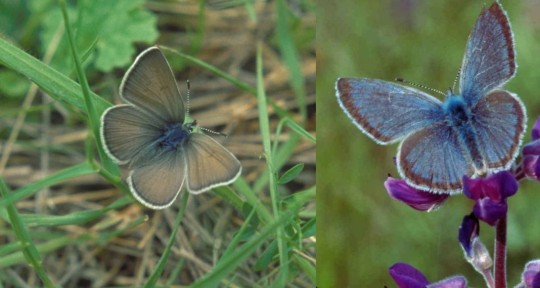
Pictured: Female and male Fender’s blue butterflies.
Now its numbers have quadrupled, largely due to a recovery plan enacted by the Fish and Wildlife Service that targeted the revival at scale of Kincaid’s lupine, a perennial flower of equal rarity. Grown en-masse by inmates of correctional facility programs that teach green-thumb skills for when they rejoin society, these finicky flowers have also exploded in numbers.
[Note: Okay, I looked it up, and this is NOT a new kind of shitty greenwashing prison labor. This is in partnership with the Sustainability in Prisons Project, which honestly sounds like pretty good/genuine organization/program to me. These programs specifically offer incarcerated people college credits and professional training/certifications, and many of the courses are written and/or taught by incarcerated individuals, in addition to the substantial mental health benefits (see x, x, x) associated with contact with nature.]
The lupines needed the kind of upland prairie that’s now hard to find in the valley where they once flourished because of the native Kalapuya people’s regular cultural burning of the meadows.
While it sounds counterintuitive to burn a meadow to increase numbers of flowers and butterflies, grasses and forbs [a.k.a. herbs] become too dense in the absence of such disturbances, while their fine soil building eventually creates ideal terrain for woody shrubs, trees, and thus the end of the grassland altogether.
Fender’s blue caterpillars produce a little bit of nectar, which nearby ants eat. This has led over evolutionary time to a co-dependent relationship, where the ants actively protect the caterpillars. High grasses and woody shrubs however prevent the ants from finding the caterpillars, who are then preyed on by other insects.
Now the Confederated Tribes of Grand Ronde are being welcomed back onto these prairie landscapes to apply their [traditional burning practices], after the FWS discovered that actively managing the grasslands by removing invasive species and keeping the grass short allowed the lupines to flourish.
By restoring the lupines with sweat and fire, the butterflies have returned. There are now more than 10,000 found on the buttes of the Willamette Valley."
-via Good News Network, November 28, 2022
#butterflies#butterfly#endangered species#conservation#ecosystem restoration#ecosystem#ecology#environment#older news but still v relevant!#fire#fire ecology#indigenous#traditional knowledge#indigenous knowledge#lupine#wild flowers#plants#botany#lepidoptera#lepidopterology#entomology#insects#good news#hope
4K notes
·
View notes
Text

Lily Seika Jones (@rivuletpaper)
1K notes
·
View notes
Text



~
#photography#nature#nature photography#flowers#lupine#lupine flower#landscape#landscape photography#trees#summer#sunny#my photos
1K notes
·
View notes
Text

Soft Sunlight through Blue Lupine
(c) riverwindphotography, May 2023
1K notes
·
View notes
Text

707 notes
·
View notes
Text

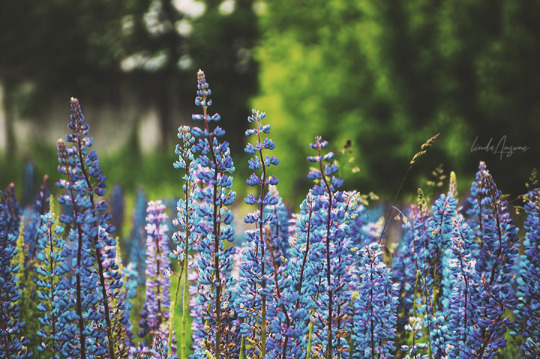
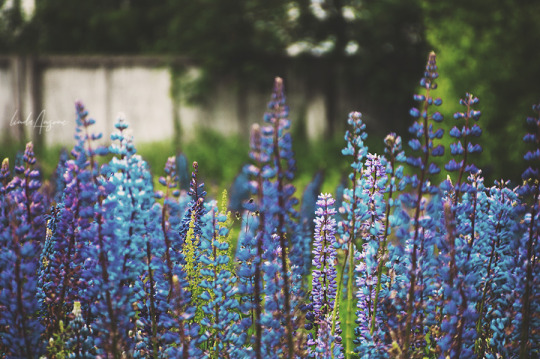
#lupinus#lupine#floral#flowercore#plantcore#flowers#flower photography#field#meadow#nature#nature photography#original photographers#photographers on tumblr#1k#2k
3K notes
·
View notes
Text

Spotlighted
#photographers on tumblr#original photographers#nature photography#flowers#golden hour#lupine#099A1627
615 notes
·
View notes
Text

Wildflowers, Olympic National Park
#artists on tumblr#original photographers#original photography#hiking#pacific northwest#nature#washington#pnw#nikon#orofeaiel#wildflowers#lupine#indian paintbrush#summer#vibes#aesthetic#field#naturecore#cottagecore#olympic national park
564 notes
·
View notes
Text

A Rare Glimpse Into My Secret Pink Place
Watercolor On Black Cotton Paper
2024, 44"x 30"
Poppies, Delphiniums, Lupines, Flax, Daisies, Forget-Me-Nots, and Hollyhocks
#artists on tumblr#art#floral#flowers#watercolor#painting#nature#minimalism#artwork#plants#pink#pink flowers#pink aesthetic#pretty#garden#botanical#botany#lupine#poppies#forget me not#delphiniums#hollyhocks#flax#daisies#cottagecore#plant#wildflowers#traditional art#original art
506 notes
·
View notes
Text

Blooming in Iceland
Julia Solonina
955 notes
·
View notes
Text

pink lupine
2024/06/08
#photography#photographers on tumblr#nature#naturecore#nature photography#aesthetic#flowers#adventure#flora#poland#garden#botanical garden#botanic#lupine#summer#seasonal flowers
413 notes
·
View notes
Text


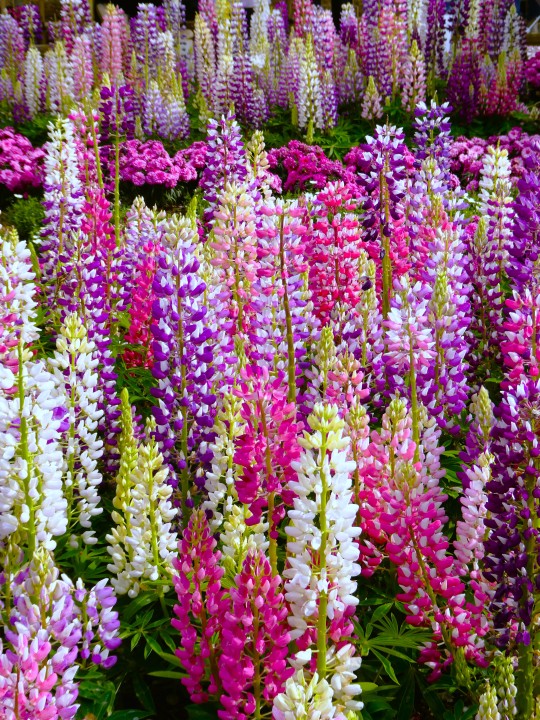

Lupine and chrysanthemum
633 notes
·
View notes
Text

altitudedaze
#california#landscape photography#nature photography#mountains#lupine#wildflowers#flowers#floral#sky#stars#astrophotography#naturecore#lensblr#curators on tumblr
440 notes
·
View notes